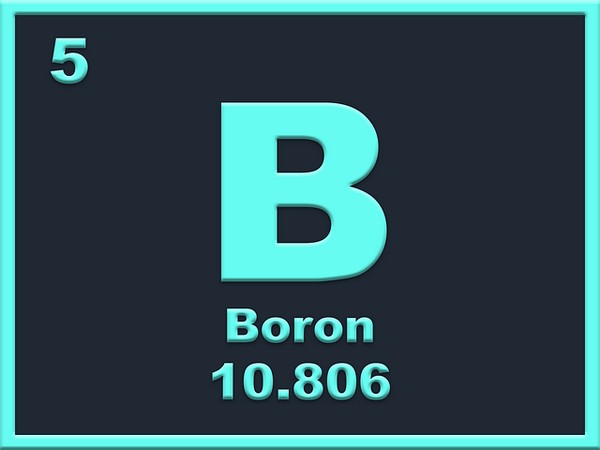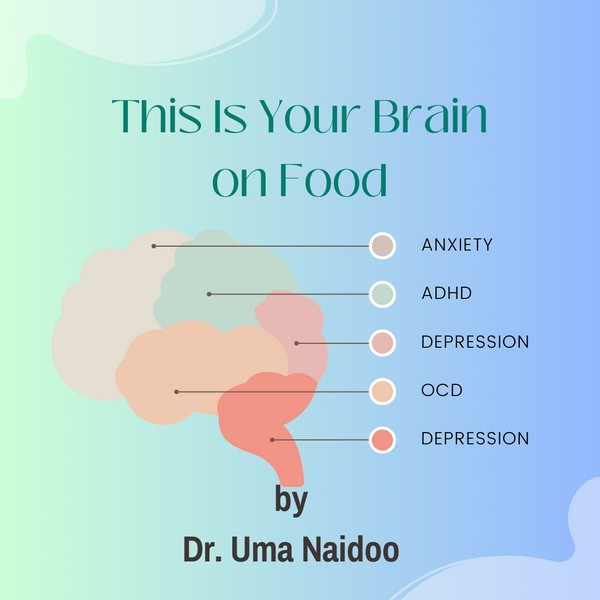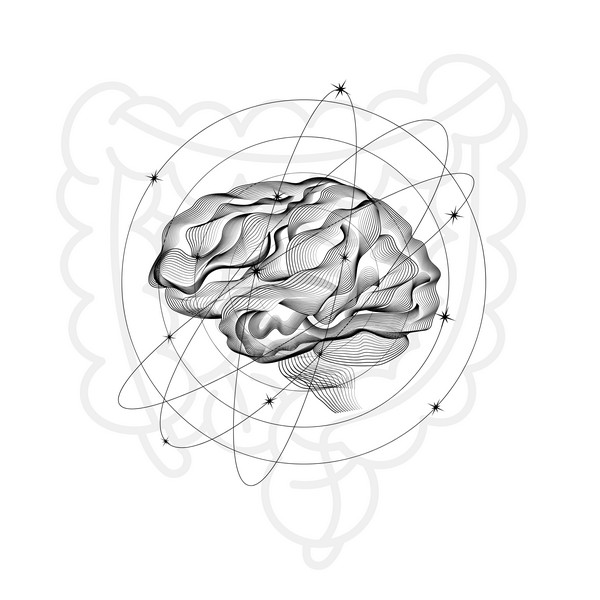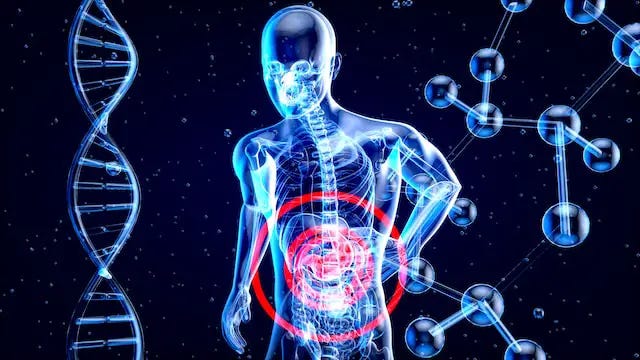Key Takeaways
- GABA is a neurotransmitter that helps calm the nervous system.
- Low GABA levels can lead to anxiety, stress, and sleep problems.
- Natural precursors like magnesium, B6, and certain foods can boost GABA.
- Consuming foods like beef liver, fish, and eggs supports GABA production.
- Avoiding excessive caffeine and sugar helps maintain balanced GABA levels.
Introduction
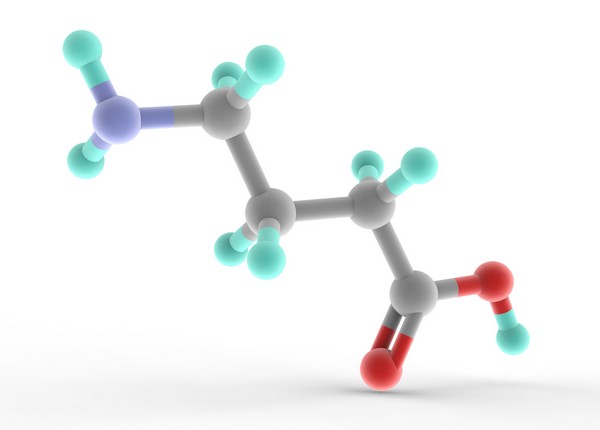
GABA (gamma-aminobutyric acid) is an important neurotransmitter in the brain. It plays a key role in reducing neuronal excitability and promoting calmness.
Understanding GABA and its natural precursors can help maintain mental well-being.
What is GABA?
GABA is a chemical messenger in the brain. It inhibits nerve transmission, leading to calming effects. It is needed for managing anxiety, stress, and promoting restful sleep.
Signs of Low GABA Levels
Anxiety and Stress
Increased anxiety is a common sign of low GABA levels. Constant worry, panic attacks, and an inability to relax may occur.
Individuals may feel overwhelmed by everyday tasks and experience heightened stress responses.
Insomnia and Sleep Disturbances

GABA promotes sleep by calming the nervous system. Low levels can lead to difficulty falling asleep, frequent awakenings during the night, and poor sleep quality.
Chronic insomnia can further exacerbate anxiety and stress.
Mood Disorders
Depression and mood swings are linked to low GABA levels. Individuals may feel persistently sad, hopeless, or experience sudden mood changes.
This can impact daily functioning and relationships.
Irritability and Restlessness
Low GABA can cause irritability and restlessness. Individuals may feel on edge, have difficulty sitting still, or become easily frustrated.
This can interfere with concentration and productivity.
Physical Symptoms
Muscle tension, headaches, and digestive issues can arise from low GABA levels. These symptoms often accompany anxiety and stress, creating a cycle of discomfort and emotional distress.
Natural Precursors to Boost GABA

Magnesium
Magnesium is vital for GABA function. It acts as a cofactor in the synthesis of GABA and helps maintain balanced neurotransmitter levels.
Foods rich in magnesium include leafy greens, nuts, seeds, and whole grains. Dark chocolate and pumpkin seeds are sources.
Taurine
Taurine is an amino acid that can increase GABA levels. It acts as a neuromodulator and supports the inhibitory functions of GABA.
Taurine is abundant in meat, fish, and dairy products. Consuming foods like chicken, salmon, and dairy products can help boost taurine levels.
Vitamin B6
Vitamin B6 helps convert glutamate to GABA. It is essential for the proper functioning of enzymes involved in GABA synthesis.
Good sources of vitamin B6 include beef liver, tuna, chicken, and turkey. Additionally, nutritional yeast may be beneficial for individuals with low dietary intake.
Zinc
Zinc supports GABA production and modulates GABA receptors. It is found in high concentrations in the brain and is essential for cognitive function.
Foods rich in zinc include red meat, shellfish, and eggs. Oysters, beef, and lamb are particularly high in zinc.
Foods to Support GABA Production

Beef Liver
Beef liver is rich in vitamin B6 and zinc, both essential for GABA synthesis. It also provides high-quality protein and other vital nutrients.
Fish
Fish, especially fatty fish like salmon and mackerel, are high in taurine and vitamin B6. These nutrients are needed for GABA synthesis and function.
Eggs
Eggs provide essential amino acids and nutrients necessary for neurotransmitter production. They are a good source of vitamin B6 and protein, supporting GABA synthesis.
Nuts and Seeds
Nuts and seeds are sources of magnesium and zinc, both important for GABA production. Almonds, pumpkin seeds, and sunflower seeds are particularly beneficial.
Lifestyle Tips for Optimal GABA Levels

Avoid Excessive Caffeine
Too much caffeine can inhibit GABA function, leading to increased anxiety and sleep disturbances. Opt for herbal teas or decaffeinated beverages to reduce caffeine intake.
Reduce Sugar Intake
High sugar levels can disrupt neurotransmitter balance and negatively impact GABA levels. If absolutely necessary, choose a sweetener like allulose to satisfy sweet cravings.
Manage Stress
Chronic stress can lower GABA levels and exacerbate symptoms of anxiety and insomnia.
Regular exercise, meditation, and sufficient sleep support GABA production.
Practicing mindfulness and engaging in activities that promote relaxation can help manage stress.
FAQs
What is GABA?
GABA is a neurotransmitter that helps calm the nervous system.
How can I naturally boost my GABA levels?
Consume foods rich in magnesium, vitamin B6, zinc, and taurine. Avoid excessive caffeine and sugar.
What are the signs of low GABA levels?
Anxiety, stress, insomnia, and mood disorders.
Which foods are best for GABA production?
Beef liver, fish, eggs, nuts, and seeds.
How does stress affect GABA levels?
Chronic stress can lower GABA levels. Managing stress through exercise, meditation, and sleep is beneficial.
Research
Bormann, J., & Feigenspan, A. (1995). GABAc receptors. Trends in Neurosciences, 18(12), 515-519. https://doi.org/10.1016/0166-2236(95)98370-E
Bowery, N. (1989). GABAB receptors and their significance in mammalian pharmacology. Trends in Pharmacological Sciences, 10(10), 401-407. https://doi.org/10.1016/0165-6147(89)90188-0
Cherubini, E., & Strata, F. (1997). GABAC Receptors: A Novel Receptor Family with Unusual Pharmacology. Physiology. https://doi.org/10.1152/physiologyonline.1997.12.3.136
Eccles, J.C. (1982). The synapse: from electrical to chemical transmission. Annual Review of Neuroscience, 5, 325-339.
Enna, S.J. (2007). The GABA receptors (pp. 1-21). Humana Press.
Hayashi, T., & Nagai, K. (1956). Action of ω-amino acids on the motor cortex of higher animals, especially γ-amino-β-oxybutyric acid as the real inhibitory principle in brain. In: Abstracts of reviews: Abstracts of communications. Brussels: Twentieth International Physiological Congress, p. 410.
Johnston, G. A. (1996). GABAC receptors: Relatively simple transmitter-gated ion channels? Trends in Pharmacological Sciences, 17(9), 319-323. https://doi.org/10.1016/0165-6147(96)10038-9
Jin, Z., Mendu, S.K., & Birnir, B. (2013). GABA is an effective immunomodulatory molecule. Amino Acids, 45, 87-94.
Killam, K.F. (1957). Convulsant hydrazides. II. Comparison of electrical changes and enzyme inhibition induced by the administration of thiosemicarbazide. Journal of Pharmacological and Experimental Therapeutics, 119, 263-271.
Killam, K.F., & Bain, J.A. (1957). Convulsant hydrazides. I. In vitro and in vivo inhibition of vitamin B6 enzymes by convulsant hydrazides. Journal of Pharmacological and Experimental Therapeutics, 119, 255-262.
Macdonald, R.L., & Olsen, R.W. (1994). GABAA Receptor Channels. Annual Review of Neuroscience, 17(1), 569-602. https://doi.org/10.1146/annurev.ne.17.030194.003033
Macdonald, R.L., Gallagher, M.J., Feng, H.-J., & Kang, J. (2004). GABAA receptor epilepsy mutations. Biochemical Pharmacology, 68, 1497-1506.
Mann, J.J., Oquendo, M.A., Watson, K.T., Boldrini, M., Malone, K.M., Ellis, S.P., Sullivan, G., Cooper, T.B., Xie, S. and Currier, D., 2014. ANXIETY IN MAJOR DEPRESSION AND CEREBROSPINAL FLUID FREE GAMMA-AMINOBUTYRIC ACID. Depression and Anxiety, [online] 31(10), pp.814–821.
https://doi.org/10.1002/da.22278.
Marshall, F.H., Jones, K.A., Kaupmann, K., & Bettler, B. (1999). GABAB receptors – the first 7TM heterodimers. Trends in Pharmacological Sciences, 20(10), 396-399. https://doi.org/10.1016/s0165-6147(99)01383-8
Martin, D. L., & Olsen, R. W., eds. (2000). GABA in the Nervous System. Philadelphia: Lippincott Williams & Wilkins.
Olsen, R.W., & Venter, J.C., eds. (1986). Benzodiazepine/GABA Receptors and Chloride Channels: Structural and Functional Properties. New York: Alan R. Liss, Inc.
Roberts, E. (1950). γ-Aminobutyric acid in brain. Federation Proceedings, 9, 219.
Roberts, E., & Frankel, S. (1950). γ-Aminobutyric acid in brain: Its formation from glutamic acid. Journal of Biological Chemistry, 187, 55-63.
Roberts, E., & Eidelberg, E. (1960). Metabolic and neurophysiological roles of γ-Aminobutyric acid. International Review of Neurobiology, 2, 279-332.
Roberts, E., & Sherman, M.A. (1993). GABA—the quintessential neurotransmitter: electroneutrality, fidelity, specificity, and a model for the ligand binding site of GABAA receptors. Neurochemical Research, 18, 365-376.
Roberts, E. (1976). Disinhibition as an organizing principle in the nervous system: the role of the GABA system. Application to neurologic and psychiatric disorders. In: Roberts, E., Chase, T.N., & Tower, D.B., eds., GABA in Nervous System Function. New York: Raven Press, pp. 515-539.
Roberts, E. (1978). Roles of GABA neurons in information processing in the vertebrate CNS. In: Karlin, A., Tennyson, V.M., & Vogel, H.J., eds. Neuronal Information Transfer. New York: Academic Press, pp. 213-239.
Roberts, E. (1980). γ-Aminobutyric acid (GABA): a major inhibitory transmitter in the vertebrate nervous system. In: Levi-Montalcini, R., ed. Nerve Cells, Transmitters and Behaviour. Rome: Pontifical Academy of Sciences, 163-213.
Roberts, E. (1984). γ-Aminobutyric acid (GABA): from discovery to visualization of GABAergic neurons in the vertebrate nervous system. In: Bowery, N.G., ed. Actions and Interactions of GABA and Benzodiazepines. New York: Raven Press, pp. 1-25.
Roberts, E. (1986a). GABA: The road to neurotransmitter status. In: Olsen, R.W. & Venter, J.C., eds. Benzodiazepine/GABA Receptors and Chloride Channels: Structural and Functional Properties. New York: Alan R. Liss, Inc., pp. 1-39.
Roberts, E. (1986b). Failure of GABAergic inhibition: a key to local and global seizures. Advances in Neurology, 44, 319-341.
Roberts, E. (1991). Living systems are tonically inhibited, autonomous optimizers, and disinhibition coupled to variability generation is their major organizing principle: inhibitory command-control at levels of membrane, genome, metabolism, brain, and society. Neurochemical Research, 16, 409-421.
Roberts, E. (2000). Adventures with GABA: Fifty Years On. In: Martin, D.L. & Olsen, R.W., eds. GABA in the Nervous System: The View at Fifty Years. Philadelphia: Lippincott, Williams & Wilkins, pp. 1-24.
Roberts, E. (2006). GABAergic malfunction in the limbic system resulting from an aboriginal genetic defect in voltage-gated Na+-channel SCN5A is proposed to give rise to susceptibility to schizophrenia. Advances in Pharmacology, 54, 119-145.
Roberts, E., Baxter, C.F., Van Harreveld, A., Wiersma, C.A.G., Adey, W.R., & Killam, K.F., eds. (1960). Inhibition in the Nervous System and Gamma-aminobutyric Acid. Oxford: Pergamon Press.
Udenfriend, S. (1950). Identification of gamma-aminobutyric acid in brain by the isotope derivative method. Journal of Biological Chemistry, 187, 65-9.
Watson, J.D., & Crick, F.H.C. (1953). Molecular structure of nucleic acids: a structure for deoxyribose nucleic acid. Nature, 171, 737-8.
Watanabe, M., Maemura, K., Kanbara, K., Tamayama, T., & Hayasaki, H. (2002). GABA and GABA receptors in the central nervous system and other organs. International Review of Cytology, 213, 1-47.
Yu, X., Hou, W., & Xiao, L. Gamma-Aminobutyric Acid (GABA) Avoids Deterioration of Transport Water Quality, Regulates Plasma Biochemical Indices, Energy Metabolism, and Antioxidant Capacity of Tawny Puffer (Takifugui flavidus) under Transport Stress. Biology, 13(7), 474. https://doi.org/10.3390/biology13070474
Fight, Flight, Freeze, Fawn: Stress Response Examined
Key Takeaways The stress response includes four primary reactions, each serving as a survival mechanism. The fight response involves confronting the threat, often with aggression…
Emotional Freedom Technique (EFT): Tap to relieve stress
Key Highlights Learn about the origins and principles of Emotional Freedom Technique (EFT) for stress relief. Understand the science-backed mechanisms of how EFT works on…
Reduce Stress through Pet Therapy
Key Highlights Pet therapy, or animal-assisted therapy, boosts health. Interacting with animals lowers cortisol, blood pressure, and heart rate. Therapy, service, and companion animals are…



